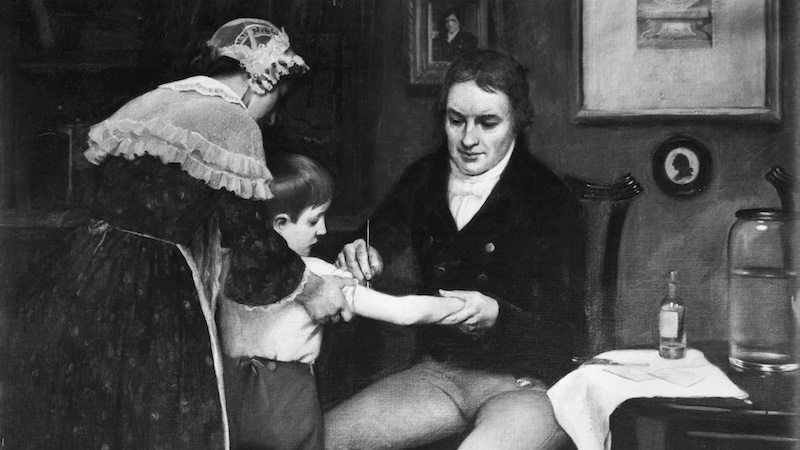Smallpox
Episode #3 of the course “History of western epidemics” by Robin Tang
Although smallpox is often remembered as the culprit responsible for wiping out many Native Americans, it was first and foremost a 17th-century European epidemic, with its epicenter in the crowded urban areas of England. The name smallpox was derived from the characteristic lesions that erupted all over a patient’s body, which resembled the larger lesions common among victims of syphilis (historically called the Great Pox).
Smallpox was caused by the viruses Variola major and Variola minor, the former of which appeared much earlier in history and had a significantly higher fatality rate. The virus was predominantly transmitted through direct human contact and infectious droplets in the air, but inanimate objects such as linens and clothing also helped its spread. Most importantly, there was no animal reservoir, which made its eventual eradication feasible.
Symptoms emerged after an incubation period of 12 days with the sudden onset of high fever, vomiting, severe backache, and headache. A few days into the anguish, red rashes would appear, gradually transforming to globular shapes filled with blister-like fluid. The distribution of lesions shed important light on the prognosis—if each lesion was distinct, the patient was said to have “discrete smallpox” with a case fatality rate of under 10%. If, however, the lesions formed a continuous web, the victim suffered from “confluent smallpox” and faced a fatality rate of 65%. Even if patients survived, the disease left disfiguring pockmarks all over the face and often led to blindness.
Public health response made significant strides during this epidemic. At first, a method known as inoculation was employed to help people gain immunity. It was introduced to western Europe by the wife of a British ambassador to Turkey, Lady Mary Montague, in 1721. Although the medical process was poorly understood at the time, empirical evidence suggested that once infected, the same person did not acquire smallpox again for the rest of his or her life. Employing this logic, a thread soaked in the liquid pus from a patient with a mild case of smallpox would be applied to an intentional cut on someone seeking immunity to induce the illness in a controlled environment.
More people tended to recover from inoculated smallpox than natural infections, but the procedure still carried great risks, often leading to extreme suffering (and in some cases, even death). It was not until Edward Jenner discovered vaccination (so called because it was derived from the pathogen that caused cowpox) in 1796 that smallpox could effectively be controlled. Instead of introducing the unweakened live virus that actually caused smallpox (inoculation), vaccination provided crossover immunity from cowpox, which only induced a mild illness in patients. A successful global vaccination campaign was launched in 1959, and the World Health Organization declared smallpox eradicated in 1980.
Recommended book
Share with friends

